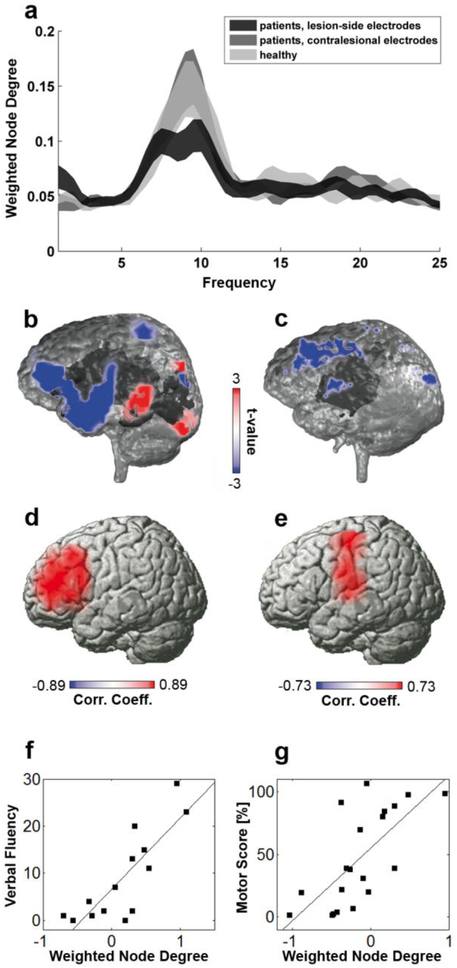Figure 4. Disruptions of network interactions after stroke are associated with neurological deficits.
The affected hemisphere of stroke patients shows a global reduction of alpha-band coherence with all other brain regions (a). This disconnection concerns brain areas that are clinically dysfunctional. For instance, a patient with Broca aphasia shows reduced global alpha coherence in left front-temporal areas (b, blue color; stroke lesion is marked in dark gray), a patient with motor deficits in precentral areas (c). Local decreases in alpha-band coherence between a given brain area and the rest of the brain are linearly correlated with neurological deficits. In other words, the less a brain region remains coherent with the rest of the brain after a lesion, the worse patients perform in corresponding motor and cognitive functions (d-g). Modified after (Dubovik et al., 2012) with permission.

